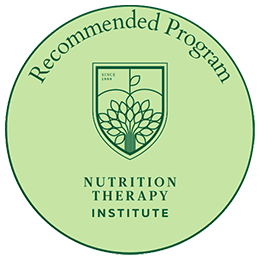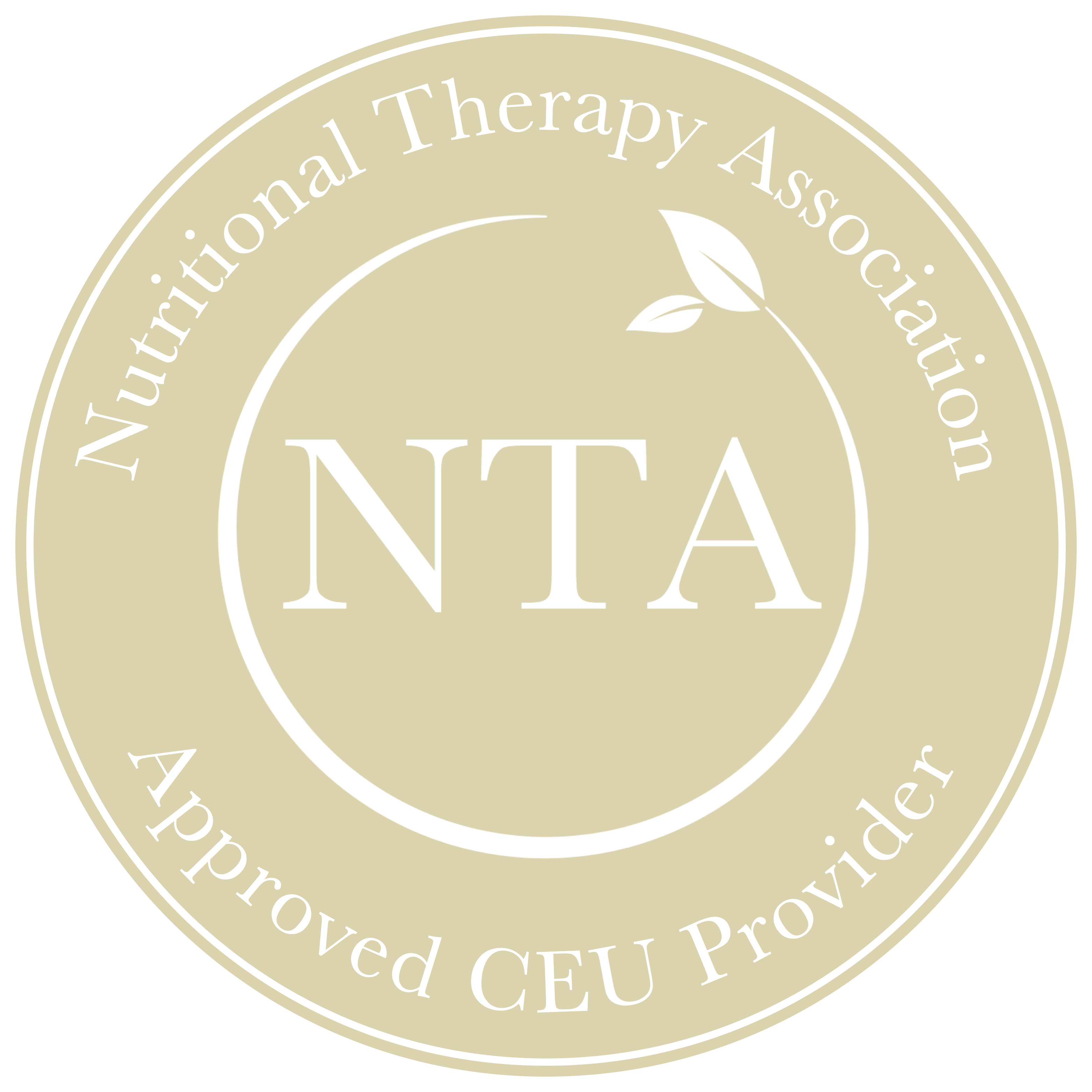When restrictive food plans go too far and how functional practitioners can guide the way back
Maybe you’ve seen this in your practice: a client walks in with a food list so short it fits on a Post-it. They’re eating the same handful of foods over and over. And supplements? Not a chance. They react to everything. Their symptoms are relentless, their quality of life is dwindling, and despite their best efforts, they’re not getting better.
These aren’t compliance issues—these clients are all in. They’ve radically changed their diets, followed protocols to the letter, and done everything “right”—and yet, they’re still struggling. It’s heartbreaking to witness. They’ve moved far beyond the standard American diet, but instead of health, they find themselves isolated, fearful, and painted into a nutritional corner.
This is the dark side of elimination diets—the unintended consequence of an overzealous approach to dietary restriction. Despite the best of intentions, a person ends up absolutely stuck. It’s what happens when oral tolerance breaks down.
The Slippery Slope to Restriction
The story often begins with genuine intention and some early wins. A client cuts out gluten to help with autoimmune flares or digestive distress—and they feel a little better. Encouraged, they remove dairy. Then nightshades. Then nuts. Maybe they follow the GAPS diet or AIP and experience even more relief. But full resolution never comes. So they restrict further.
Before long, they’re eating five foods in rotation and living in fear of everything else. Restaurants are out of the question so travel becomes a minefield. Their diet—and their world—gets smaller and smaller.
Clinically, this is known as loss of oral tolerance: the immune system’s failure to recognize food proteins as benign, leading to exaggerated inflammatory responses to what should be harmless inputs.
What Is Oral Tolerance?
Oral tolerance is the immune system’s learned ability to accept dietary proteins and commensal microbes as safe. It's the immune equivalent of “live and let live.”
At the heart of oral tolerance lies secretory IgA (SIgA), a mucosal antibody that acts as a first line of defense in the gut lining. It binds to antigens and microbes, reducing their ability to provoke an immune response. When SIgA is balanced, the immune system is discerning. When it’s low—or conversely, overstimulated and flagging everything as a threat—that gatekeeping function falters.
Also central are regulatory T cells (T-regs), which help orchestrate immune tolerance by suppressing inappropriate immune responses. But like SIgA, T-reg function is compromised when the gut environment is inflamed, leaky, or microbially imbalanced.
How Oral Tolerance Breaks Down
There are several factors that contribute to the breakdown of oral tolerance:
- Gut permeability: A compromised gut lining allows undigested food proteins to enter the bloodstream, triggering immune activation.
- Low secretory IgA: Whether depleted by chronic stress and infections or elevated due to constant immune provocation, dysregulated SIgA can disrupt tolerance and increase reactivity.
- Loss of microbial diversity: A narrow diet can drastically reduce the diversity of gut flora by starving beneficial microbes, impairing immune modulation and resilience.
- Prolonged over-restriction: When elimination diets are extended without a plan for reintroduction, the immune system loses regular exposure to a variety of antigens, which may further narrow tolerance and fuel hypersensitivity.
And when this process snowballs, even previously tolerated foods or benign supplements can trigger a flare. Clients often describe feeling “betrayed” by their bodies and terrified of trying anything new.
“I react to everything.”
The Over-Restriction Trap
While food elimination can be a critical step in calming inflammation and identifying triggers, it was never intended to be permanent.
Without proper reintroduction and gut restoration, long-term elimination diets can:
- Weaken digestive capacity
- Starve beneficial microbes
- Reduce exposure to essential phytonutrients
- Increase food fear and social isolation
- Promote further sensitization
In extreme cases, we see clients who have been on limited diets for years, unable to reintroduce anything without consequence. Some even resort to diets as limited as beef and salt (often referred to as the “Lion Diet”)—and yet remain symptomatic. It’s a clinical dead end, and one that’s difficult to reverse.
Preventing the Loss of Oral Tolerance: The RWS Approach
This is where a structured, data-driven approach is essential. At Restorative Wellness Solutions, we teach clinicians to assess and remove inflammatory foods strategically—not blindly or broadly.
Food sensitivity testing, such as the MRT (Mediator Response Test), can help identify inflammatory reactions and guide temporary eliminations. But this is only one piece of the puzzle.
Equally important is:
- Supporting the gut barrier with nutrients like glutamine, zinc carnosine, and demulcent herbs
- Boosting SIgA with immunoglobulins and stress reduction strategies
- Encouraging microbial diversity with gentle prebiotics and dietary variety within tolerated boundaries
- Prioritizing parasympathetic activation to support digestion and immune modulation
Eliminations are always paired with targeted gut healing and a plan for methodical reintroduction. Clients are coached to rotate foods, avoid repetitive exposures, and reintroduce one food at a time, in a calm, safe setting. We emphasize that elimination is a temporary therapeutic intervention—not a lifestyle.
What If a Client Is Already Stuck?
When someone comes into your practice eating only five foods and unable to tolerate supplements, recovery is still possible—but it requires a lot of time, compassion, and precision.
- Start by focusing on calming the immune system:
Support gut barrier integrity using only well-tolerated functional supports.
For example: a short-cooked meat stock may be easier to tolerate than a long-simmered bone broth.
A single component like L-glutamine might be more successful than a combination product like GI Revive. - Bring in calming supports, slowly.
Immune modulators like immunoglobulins, vitamin A and/or vitamin D can help take the edge off an overactive immune response.
(For the vitamins, emulsified forms are often easier to tolerate than pills or powders, as they can be absorbed largely through the mucosa under the tongue.) - Titrate any new inputs very slowly and at low doses.
- For foods, begin with simple, single-ingredient options
that are least likely to provoke a reaction: easily digested, low-histamine,
and not commonly allergenic. - Reintroduce one food at a time, ideally 3–5 days apart,
and maintain a strict food and symptom journal to track tolerance or reactions. - Approach microbial balancing cautiously—and only after initial immune calming.
Low-dose herbal antimicrobials can be helpful in reducing microbial triggers,
but this step often carries the greatest risk.
If nothing is tolerated yet, this step can wait.
Continue fortifying gut integrity and immune resilience until readiness improves.
Slowly, as secretory IgA improves and microbial diversity increases, clients typically begin to tolerate a broader range of foods. Remember: this is not about “pushing through” reactions—it’s about patiently rebuilding the body’s capacity for tolerance. In this phase, slow truly is the fastest way forward.
In some cases, full food freedom may not be possible—gluten, for example, may remain off the table indefinitely—but the goal is to move from five foods to fifty. And more importantly, to help clients reclaim joy, confidence, and flexibility in their relationship with food. Every increase is a victory. There just aren’t words for the smile on a person’s face the first time they safely enjoy fruit for the first time in years.
Clinical Takeaways
- Loss of oral tolerance is a real and growing problem in the functional world, especially in autoimmune clients.
- Elimination diets must be strategic, temporary, and always paired with gut healing and reintroduction plans.
- Watch for signs of over-restriction and guide clients gently toward more diversity and resilience. They may over-restrict themselves out of fear without proper guidance.
- Mucosal immunity, especially secretory IgA, is a critical biomarker and therapeutic target.
- Your goal isn’t to eliminate every trigger—it’s to restore the body’s ability to handle them.
This is exactly the kind of clinical nuance we teach in our foundational course, Mastering the Art & Science of Gastrointestinal Healing. If you want to deepen your ability to support clients struggling with food reactions, gut dysfunction, or immune dysregulation, we invite you to learn more about our curriculum here.
Food is meant to nourish—not just your cells, but your spirit. As holistic practitioners, we never aim not to merely survive, but to thrive! Our dietary goal is never just tolerance… it’s joy, confidence, and the freedom to savor what’s on your plate.
Here’s to more on your plate!
References
- Fasano A. Leaky Gut and Autoimmune Diseases. Clin Rev Allergy Immunol. 2012;42(1):71-78. PubMed
- Brandtzaeg P. Secretory IgA: Designed for Anti-Microbial Defense. Front Immunol. 2013;4:222. PubMed
- Dr. Datis Kharrazian. Food Sensitivity and Oral Tolerance. drknews.com
- DeMeo MT, et al. Intestinal Permeability Defect in Irritable Bowel Syndrome: A Pilot Study. Neurogastroenterol Motil. 2002;14(6):669-675. PubMed
About the Author

Kristin Whitaker, NTM, BCHN, MRWP
Kristin’s journey into holistic nutrition was sparked by her determination to help her own family overcome a host of gut and autoimmune challenges. As a mom of four teenagers, Kristin understands firsthand the toll that imbalances can take on both individuals and the family as a whole. Her relentless pursuit of answers led her to graduate from the Nutrition Therapy Institute in 2020 and dive deeply into advanced studies with Restorative Wellness Solutions, where she completed all four levels of certification and now serves as an instructor.
Kristin is the founder of Nourish with Kristin, an online practice dedicated to helping busy moms reclaim their health and vitality. She specializes in uncovering the root causes of health struggles—whether related to digestion, hormones, toxicity, or autoimmune concerns—and creates personalized, lab-based protocols that empower women to achieve lasting wellness. Kristin believes that when you help a mom heal, the ripple effects positively transform the entire family.
Her passion for nutrition stems from a lifelong love of working with food, farming, and entrepreneurship. Kristin has worn many hats over the years, from editing and graphic design to championing regenerative agriculture and food freedom while working on a grass-fed farm. Her backyard has even been home to dairy goats, chickens, rabbits, and honey bees. Watching her animals thrive through optimal care inspired her to apply the same principles of nourishment and balance to human health.
Outside of her practice, Kristin is always eager to learn more, explore the outdoors, or spend time hiking the beautiful mountains near her home outside Salt Lake City. Somehow her four little kids are all taller than her now and it’s the quest of her life to keep up with them—so she strength trains, runs, and loves to embark on new physical challenges. She aims to bring warmth, wisdom, and a practical, down-to-earth approach to her work, guiding her clients toward vibrant health while honoring the body’s innate ability to heal.






